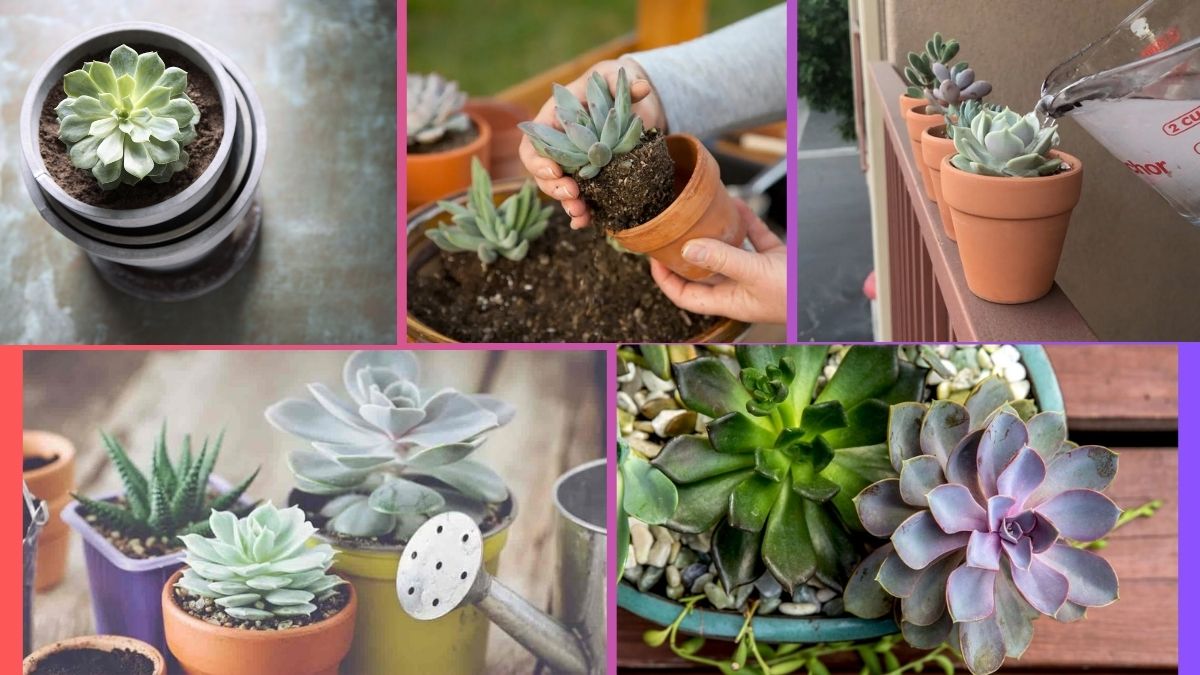Echeveria is one of the most beloved genera of succulents, cherished for its rosette-shaped leaves, pastel hues, and charming appearance. Native to the semi-desert regions of Central America, Mexico, and northwestern South America, these drought-tolerant plants have adapted to survive in arid conditions with limited water. Whether grown indoors in decorative pots or outdoors in rock gardens, Echeverias are low-maintenance, but their success largely depends on proper watering practices.
Many succulent enthusiasts struggle with one important question: How often should you water an Echeveria? In this comprehensive guide, we’ll explore Echeveria’s natural needs, how environmental factors affect watering frequency, how to recognize signs of overwatering or underwatering, and the best techniques to keep your Echeveria thriving.
Understanding the Natural Habitat of Echeveria
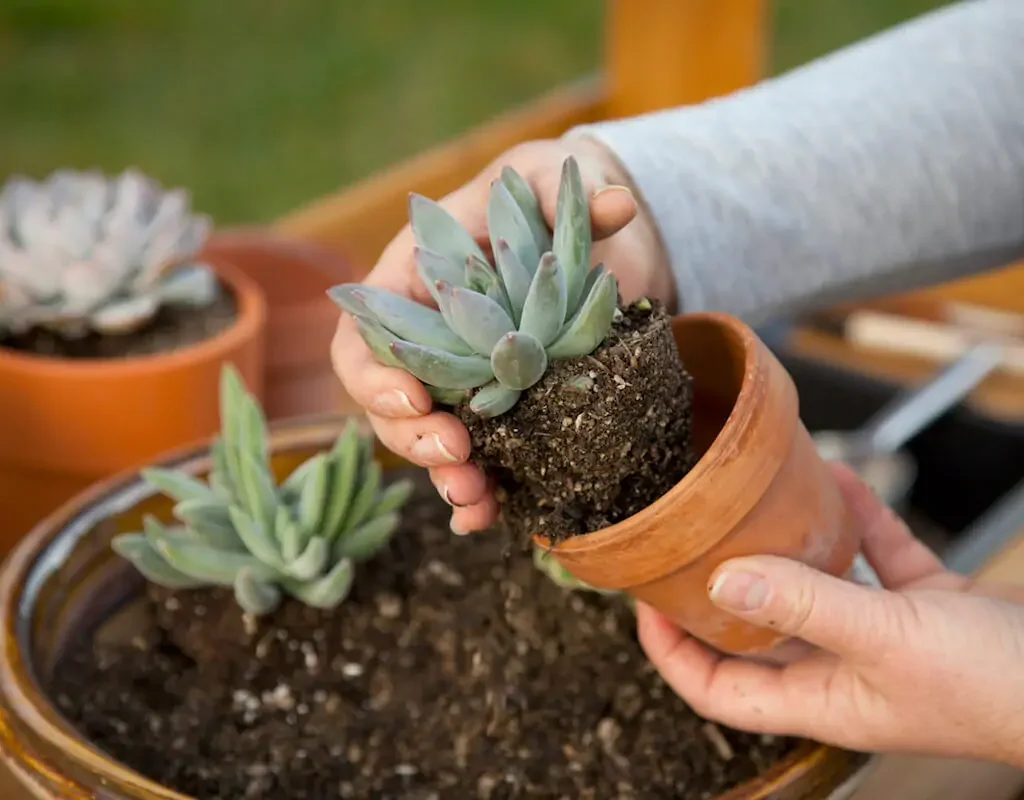
In the wild, Echeveria grows in:
- Rocky, well-drained soils
- Arid to semi-arid climates
- Regions with occasional rainfall followed by dry spells
These plants have evolved to store water in their thick, fleshy leaves, allowing them to survive drought conditions for extended periods. As a result, their watering needs are minimal compared to typical houseplants.
How Often Should You Water an Echeveria?
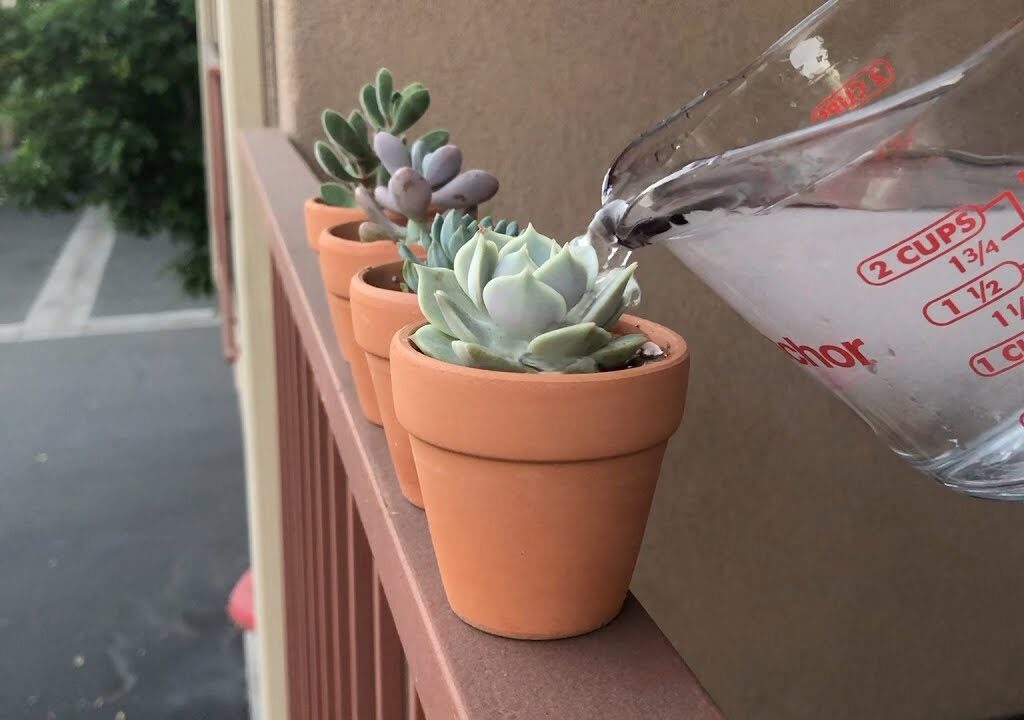
1. General Watering Schedule
As a practical guideline:
- Water every 7–14 days during the growing season (spring and summer).
- In fall and winter, reduce watering to once every 3–4 weeks, or even less, depending on your environment.
Echeverias prefer to dry out completely between waterings. Unlike tropical houseplants, they dislike consistently moist soil.
Key Rule:
Always let the soil dry out completely before watering again.
Factors Influencing Echeveria’s Watering Frequency
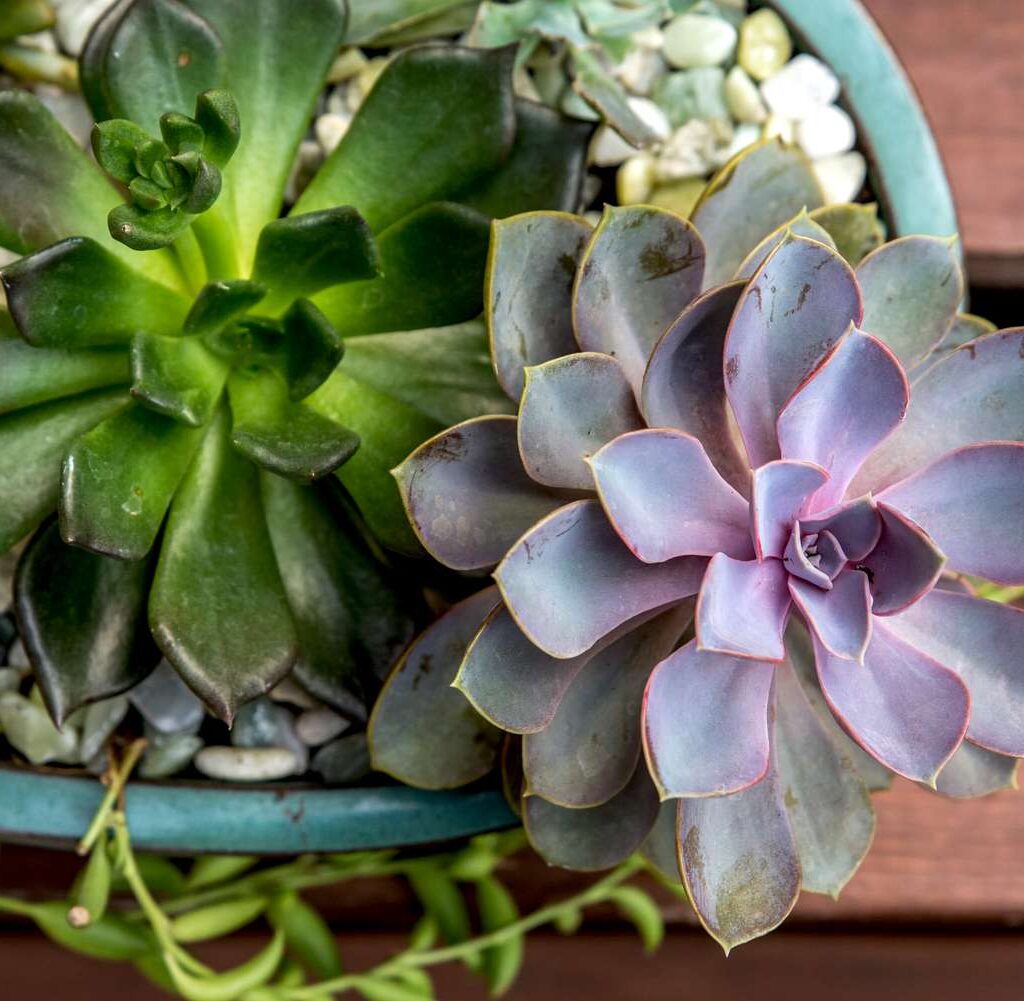
Several factors influence how often you should water your Echeveria. Understanding these will help you develop a watering routine tailored to your plant’s conditions.
1. Temperature and Season
- High temperatures (above 26°C/79°F) increase evaporation and plant water use, requiring more frequent watering.
- Cooler temperatures (below 15°C/59°F) slow down evaporation and plant growth, reducing water needs.
Tip: In winter dormancy, water sparingly — sometimes only once a month.
2. Humidity
Echeverias thrive in low to moderate humidity (30–50%):
- In dry conditions, soil dries faster, slightly increasing watering frequency.
- In humid environments, soil retains moisture longer.
Tip: Avoid misting Echeveria leaves, as moisture on foliage can cause rot.
3. Light Exposure
- Bright, direct sunlight promotes faster growth and water evaporation.
- Low light conditions slow growth and water use.
Tip: Adjust watering based on how much sun your plant receives — Echeverias in sunny windows or outdoor gardens may need water more frequently than those in shaded areas.
4. Soil Type and Drainage
Echeverias demand well-draining, sandy or gritty soil. Ideal mixes include:
- Cactus or succulent potting mix
- A combination of regular potting soil, coarse sand, and perlite
Tip: Avoid dense, water-retentive soils that increase the risk of root rot.
5. Pot Size and Material
- Smaller pots dry out faster than large ones.
- Terracotta pots allow for better moisture evaporation than plastic or ceramic.
Tip: Ensure all containers have adequate drainage holes.
How to Check Soil Moisture Before Watering
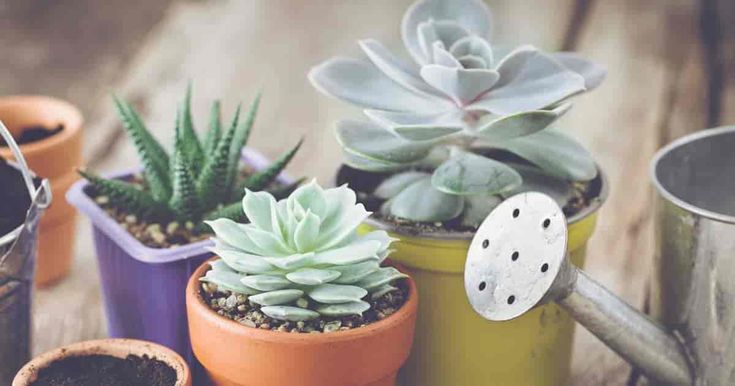
Never water your Echeveria on a strict schedule. Instead, check the soil first:
1. Finger Test
Insert your finger 1–2 inches into the soil:
- If it feels dry, it’s time to water.
- If it feels moist, wait a few days.
2. Moisture Meter
A reliable tool for accurately gauging soil moisture at the root zone.
3. Visual Inspection
- Dry soil appears light in color and may pull away from the sides of the pot.
- Wet soil is darker and clings to your finger.
Signs of Overwatering and Underwatering
Recognizing these signs early can help prevent long-term damage.
1. Signs of Overwatering
- Yellowing or translucent, mushy leaves
- Leaf drop, especially from the bottom
- Blackened or rotting roots
- Foul-smelling soil
Solution:
Remove affected leaves, allow soil to dry thoroughly, and adjust your watering schedule. Repot if necessary in fresh, dry soil.
2. Signs of Underwatering
- Wrinkled, shriveled leaves
- Dry, crispy leaf edges
- Slowed or stunted growth
Solution:
Water deeply, ensuring water reaches the root zone, then allow the soil to dry completely before the next watering.
Best Watering Techniques for Echeveria
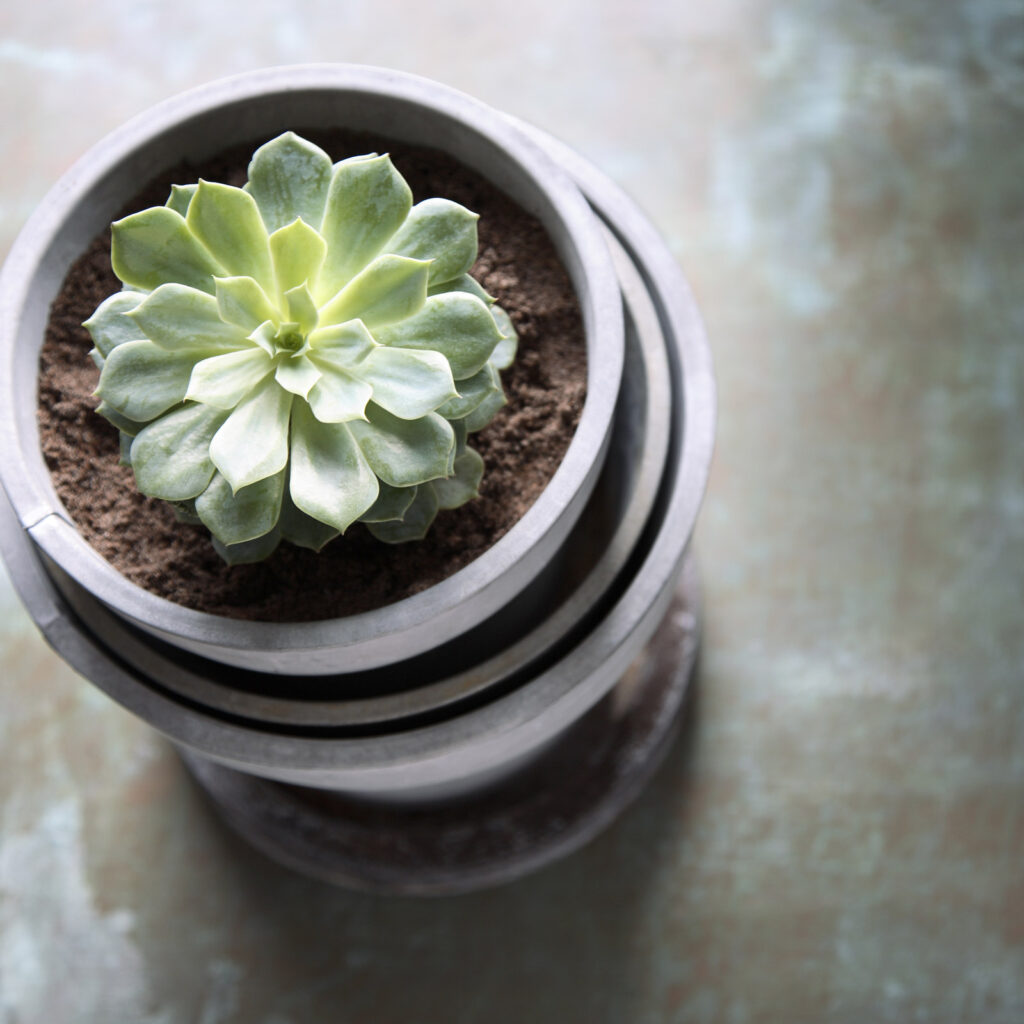
1. Soak and Dry Method
- Water thoroughly until water runs out of the drainage holes.
- Discard excess water from the saucer.
- Wait until the soil is bone dry before watering again.
This method mimics the Echeveria’s native environment — occasional heavy rain followed by dry spells.
2. Avoid Overhead Watering
Never water directly onto the rosette as water can collect in the center, causing rot. Instead:
- Water at the base of the plant
- Or bottom-water by placing the pot in a shallow tray of water for 15–30 minutes
3. Use Room-Temperature, Non-Chlorinated Water
Cold water can shock the roots, and chlorinated water may harm them. Use:
- Filtered water
- Rainwater
- Tap water left to sit overnight
Seasonal Watering Guidelines
| Season | Watering Frequency | Additional Tips |
|---|---|---|
| Spring/Summer | Every 7–14 days | Check soil regularly; increase frequency in extreme heat |
| Autumn/Winter | Every 3–4 weeks | Water sparingly as plant enters dormancy; reduce sunlight exposure |
Common Watering Mistakes to Avoid
- Watering too frequently or on a strict schedule without checking soil moisture
- Using dense, poorly-draining soil
- Leaving water sitting in saucers under pots
- Allowing water to collect in the plant’s rosette
- Misting leaves in humid conditions
Extra Care Tips for Healthy Echeverias
- Provide plenty of bright, indirect light or direct morning sun.
- Fertilize lightly every 4–6 weeks in spring and summer using a diluted cactus fertilizer.
- Repot every 1–2 years to refresh soil and prevent overcrowding.
- Remove dead or dried lower leaves to improve air circulation and prevent fungal issues.
- Protect from frost, as Echeverias are sensitive to cold temperatures below 4°C (39°F).
Conclusion
Echeverias are stunning, low-maintenance succulents that reward proper care with beautiful, symmetrical rosettes and occasional floral displays. While forgiving of occasional neglect, the most important aspect of Echeveria care is understanding its water needs.
As a general rule, water your Echeveria every 7–14 days during the active growing season, and reduce to once every 3–4 weeks in the cooler months. Always let the soil dry out completely between waterings, avoid watering overhead, and adjust based on temperature, humidity, and light conditions.
By adopting these mindful watering practices and observing your plant’s signals, you can enjoy a healthy, thriving Echeveria that adds elegance and charm to your space.
